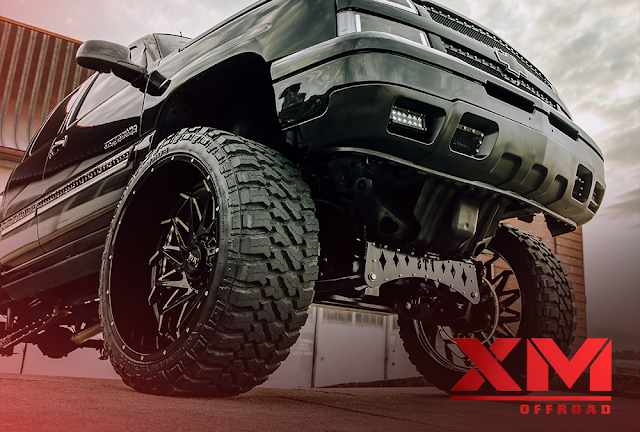Why Wheels Alignment and Balancing Is Important For Your Vehicle?
The words "balancing" and
"alignment" isn't only heard in the yoga studio. When you take your
car in for service, you'll get to know these words.
But what do balancing and alignment mean
outside of the yoga studio? Both contribute to a more comfortable ride, but
tire balancing and alignment are two distinct services. A tire balance corrects
the weight imbalance on your tire and wheel assemblies, whereas an alignment
helps to adjust the angles of the tires so that they make proper contact with
the road.
If you've ever wondered, "What is
wheel alignment?" or, "What exactly does tire balancing entail?"
Then, it's time to take your car-care routine to the next level. Let's learn
the difference between the two.
What Is Tire
Balancing?
The tire balancing (also known as wheel
balancing) is correcting uneven weight distribution in the wheels. Imbalanced
wheels can cause vibration, excessive tire wear, suspension damage, and other
issues.
Your tires and wheels are always
mounted onto a tire balancing machine during a tire balance service. The
machine rotates the tire and wheel assembly to gauge the imbalance, allowing a
technician to accurately install the correct tire weights for a properly balanced
wheel and tire assembly. Wheel balancing and alignment are frequently performed
concurrently, but they should not be confused!
How Do Wheels Get
Out of Balance?
Tire wear daily contributes to
imbalance. Normal manufacturing flaws are also a factor: Tires and wheels do
not have an exact weight distribution. As a result, they'll be a little heavier
in some places. A weight difference of half an ounce would be enough to cause a
vibration while driving.
What is Wheel
Alignment?
Alignment is the process of adjusting a
vehicle's suspension – the system that connects the vehicle to its wheels. It
is not a re-alignment of the wheels or tires. Instead, adjusting the angles of
the tires, which impact how they make contact with the ground, is the best
approach to proper alignment.
A mechanic is
primarily concerned with three factors when checking your alignment:
- Camber – If you will see it from
the front, this is the inward or outward angle of the tire. Excessive
inward or outward tilt, also recognized as negative or positive camber,
indicates poor alignment and must be corrected. Camber misalignment also
happens by worn bearings, ball joints, and other wheel suspension
components.
- Toe – The degree to which your
tires turn inward or outward when viewed from above is referred to as toe
alignment. Look down at your own feet to see what we mean. Toe-in
alignment occurs when your toes angle inward, and toe-out alignment occurs
when your toes angle outward.
- Caster – Your caster angle
contributes to the balance of steering, stability, and cornering. The
steering axis will then tilt towards the driver if you have a positive
caster. A negative caster angle indicates that the steering axis has
tilted towards the front of the vehicle.
Tired of outdated and monotonous
wheels? Want to consider replacing them? Feel free to visit XM Off-Road Wheels for world-class Off-road, Luxury and Street wheels.
Signs That Your Car
Needs an Alignment
If you notice any
of the following symptoms, your vehicle may require an alignment:
- The vehicle is veering to one side
of the road.
- The treads on the tires are
wearing out prematurely or unevenly.
- The tires are making a squeaking
sound.
- When you're driving, the steering
wheel tilts off-center.
- When you accelerate, the steering
wheel vibrates.
- After being in a car crash,
driving over a pothole, or trying to run into a curb, your alignment can
become out of whack.
Are you experiencing balancing and
alignment issues in your vehicle? Don't let them sour your mood. Make an
appointment with your local auto service center for a zen-like ride that is
both relaxing and dependable.


Comments
Post a Comment